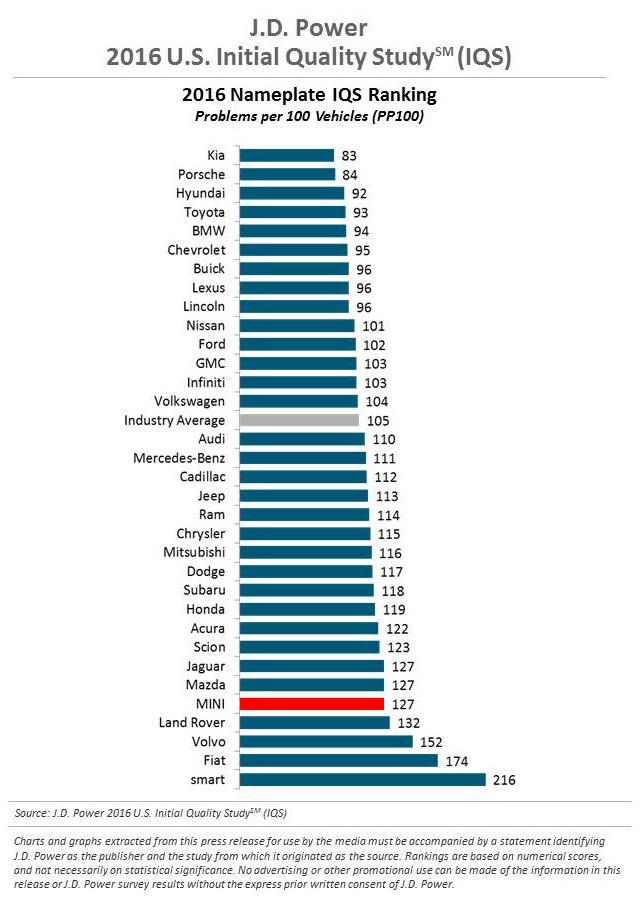SXSW 2015: AeroMobil Says It Will Put Its Flying Car On The Market In 2017
And once that’s done? A self-flying car
In October 2014, Slovakian company AeroMobil unveiled a prototype vehicle that exhilarated Back To The Future fans, as well as pretty much everyone else: the long fantasized flying car. Dubbed AeroMobil Trio.0, the car/plane hybrid displayed off its driving and flying abilities in a movie filmed at the two thousand fourteen Pioneers Festival in Vienna. With its wings tucked in, the carbon fiber vehicle drives the streets seamlessly with other cars. Then, it makes its way to a parking lot, unfolds its wings, and takes off from a grass runway. It soars leisurely over the buildings of Vienna, before touching down in a green field.
At the time, the movie was just a demonstration of what AeroMobil had accomplished. Now, the company is detailing their vision for the prototype’s future. At South By Southwest 2015, Juraj Vaculik, co-founder and CEO of AeroMobil, spoke at a panel about the future of flying cars, predicting a world ahead in which these vehicles lightly merge with existing transportation. For him and his team, the objective is to make medium-distance travel much less of a hassle, and to do so, the company aims to put its vehicle on the market by 2017.
An AeroMobil representative told Popular Science the price would be several hundreds of thousands of dollars, which they argue is on par with a combination of a sport aircraft and a supercar.
But the announcements didn’t stop there. Vaculik also highlighted the company’s next revolutionary venture in this field: the self-flying car. AeroMobile says now that they have shown that flying cars are possible, it’s time to make them drive—and soar—on their own.
The Roadster’s Very first Flight
Despite its unique look, AeroMobile Three.0, also named the Flying Roadster, isn’t all that different from your average sports car or private plane. It runs on regular gasoline and can seat two people. When driving, it boasts a range of five hundred forty five miles and a top speed of ninety nine mph. When airborne, it can reach a top speed of one hundred twenty four mph, with a range of four hundred thirty five miles.
Notably, the Roadster—as well as all subsequent vehicles AeroMobile plans to build—can take off from and land on any plane grass field. This element is crucial for the vehicle’s success, claims Vaculik. He argues that it makes the building of extra airports unnecessary, and that instead, flying cars can launch off and land on grass lanes that could merge onto existing highways. The Roadster only needs six hundred fifty feet to take off and just one hundred sixty feet to land, so the amount of land required for each runway wouldn’t be too substantial.
AeroMobil still has a few things to hammer out before the Roadster can go mainstream, such as securing enough funding for mass production, as well as solidifying regulations and certifications from the European Union. And while most people may want their very own Roadster when it debuts, AeroMobil’s main aim isn’t to substitute every single car with a flying one. Vaculik noted that primarily, the Roadster is targeted to wealthy buyers and flight enthusiasts.
The company’s long-term aim is to cut down on inefficiency. The idea is to provide options for people traveling what AeroMobli considers “medium” distances, or trips at around four hundred miles. If someone determines to fly such a distance now, the process of traveling to and from the airport, in addition to the actual time for air travel, adds up to around six hours. But if a person were to simply take off near the embarking location and then land close to the trip’s destination, it could cut down travel time to just Three.Two hours.
If the Roadster can accomplish this and generate enough profits, then AeroMobil will pursue their idea for the self-flying car. Vaculik didn’t give any indication as to whether such a vehicle is already being built, but he noted that it would incorporate already existing autonomous driving and flying technologies, and it would boast advanced vehicle-to-vehicle communications systems. Plus, it would be a tad more accommodating, seating four rather than two.
For that, we’ll just have to wait until two thousand seventeen to see how well the Roadster’s debut goes. In the meantime, you can proceed to geek out about the car’s inaugural flight below:
